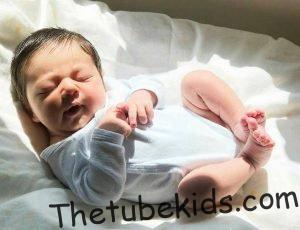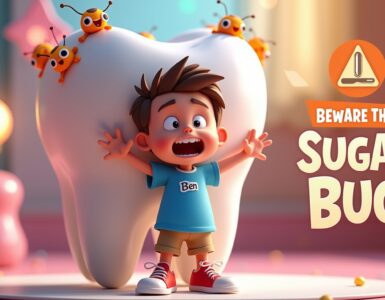You may also like
Brush Your Teeth Song for Kids | Beware the Sugar Bugs!
🎵 The Sugar Bugs Creep! Lyric I ate a candy bar today, And didn’t brush the plaque away! Then late at night, while I was asleep… The sugar bugs began to creep! 🎵 Sugar bugs! Sugar bugs! Dancing on my teeth! Hiding in...
Let’s Get Moving! Fun Sports Song for Kids
🎵 “Let’s Get Moving!” 🎵 Wake up, sunshine, time to play,Stretch your arms and start the day!Lace your shoes, don’t miss the fun,We’ve got games for everyone! 🏃 Let’s run, let’s jump, let’s skip so high,Reach the clouds...
Short Stories: The hungry fox who got caught in the tree trunk
Once upon a time, there was a hungry fox that was looking for something to eat. He was very hungry. No matter how hard he tried, the fox could not find food. Finally he went to the edge of the forest and searched there...
Posts
New Post
Posts
Let’s Get Moving! Fun Sports Song for Kids
15/06/2025
Short Stories The Figs and Gold Coins
12/06/2025


















